In the US, the public image of cannabis is currently undergoing change. After legalisation, new products are being developed that are focusing on health and exercise. California is a step ahead of the rest. Yet again.
The hippie movement, Silicon Valley, e-mobility – anyone who is interested in new trends simply cannot afford to ignore California. Ideas and products are born here, marketed and exported all over the world so it is really no surprise that the most densely populous state in the US is also playing a pioneering role in the legalisation of cannabis.
In California, the use of cannabis for medicinal purposes has been permitted since 1996, and recreational use was also legalised in 2018. The legal basis for the legalisation is Proposition 64, a 60+ page document that you need a law degree to understand. All most consumers need to know is that in California, from the minimum age of 21, it is legal to consume, share and cultivate cannabis at home.
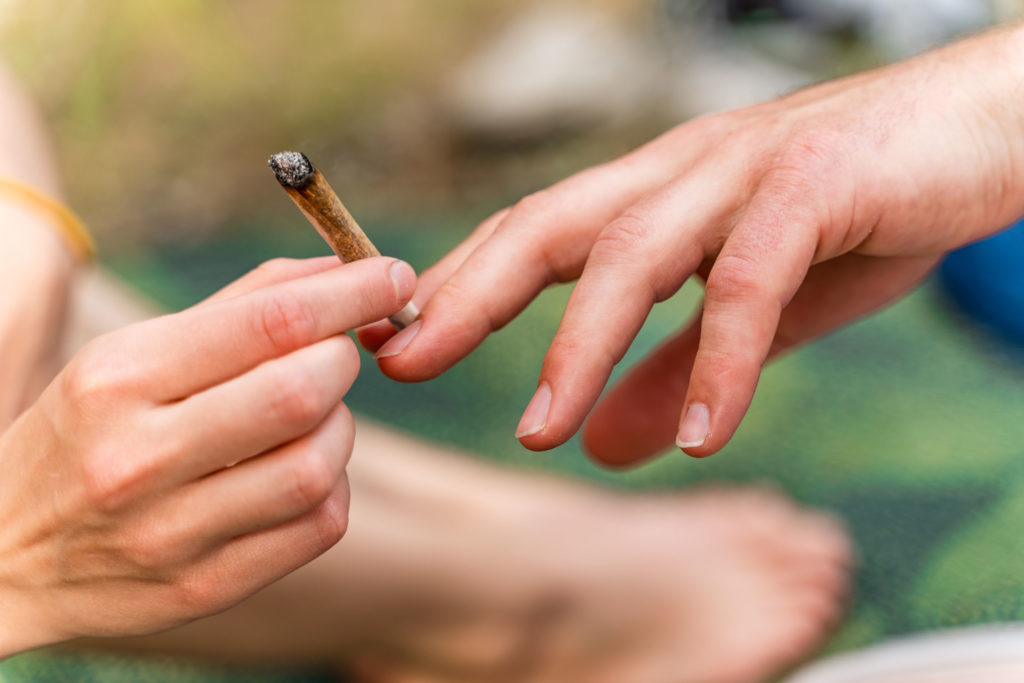
In the meantime, certain cannabis establishments have opened their doors, so at first sight, little appears to have changed in Los Angeles and San Francisco. Anyone strolling down Venice beach these days will see the normal California scene: tourists smiling at the camera, mothers in tight jeans pushing wide strollers in front of them, and here and there, groups of young people coming together to exercise.
They combine kettlebells with yoga, all the while looking as flawless as they do in their Instagram accounts. At the end of the training session, smoothies from the Farmers Market are passed round, a few guys sip on protein shakes. But there is more. From a distance it looks like a small Tetra Pak with a straw, but on closer inspection, it can be recognised as a vaporizer.
The image of these young, health-conscious, urban people consuming cannabis after exercising really does not compute to outsiders who have a mental image of lazy dopeheads.
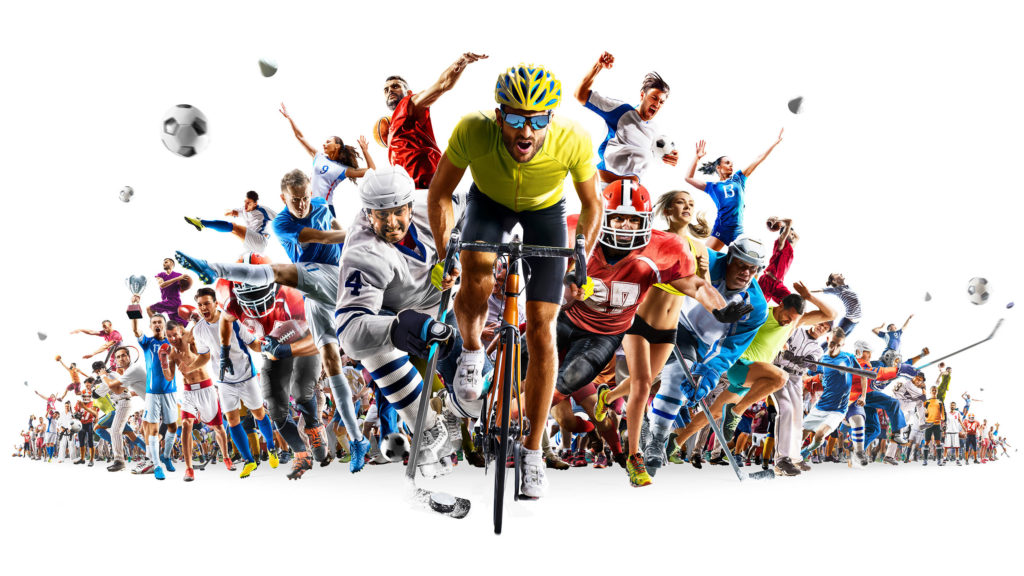
Cannifornication
California is busy sweeping away the old clichés. Between the golden beaches in the south and the redwoods in the north, new options are emerging that bring cannabis and exercise together.
The figurehead of this movement is Jim McAlpine, who with his goatee beard and bald patch looks rather like the actor Dwayne “the rock” Johnson. McAlpine is the man behind the 420 Games, a series of sporting events which have now spread into seven different states.
In the 420 Games, a distance of 4.2 miles (around 6.5 kilometres) is covered. The point is not to light up a joint along the way; in fact, consumption during the race is explicitly forbidden.
The aim is to “break down the stereotypes that have been built up during the era of cannabis prohibition,” says McAlpine in DOPE Magazine. He wants to make sure that in the future, not all cannabis consumers are tarred with the same brush as “apathetic stoners”.
Another of his pet projects is the Power Plant Fitness gym in San Francisco. The “world’s first cannabis fitness centre” aims to educate people and teach them the healthiest way to consume cannabis.” To this end, edibles and vaporizing are allowed in special areas, while smoking is banned throughout the entire building.
McAlpine is not only an entrepreneur and sportsman, but also an enthusiastic consumer himself. An hour before exercising he takes 50 to 100 milligrams of THC in the form of gummy bears. He says this makes him more highly motivated and better able to stay in the flow. He also admitted in an interview with the Denverite that cannabis and sport is by no means a good combination for everyone, and could trigger negative effects in certain people.
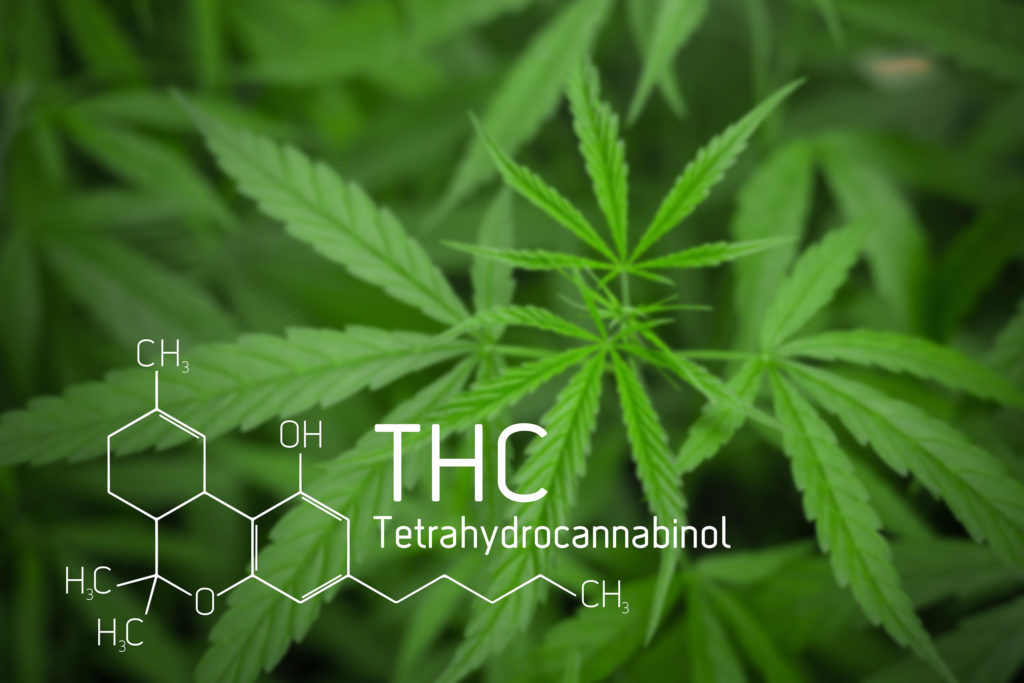
What does science say about cannabis and sport?
Not much is known about how cannabis works with exercise. According to the Australian pharmacologist Michael C. Kennedy, there are only 15 English-language studies on the subject. Someone who knows all about it is Gregory Gerdeman. For the last 20 years this neuroscientist has been researching how cannabis affects the brain. He says that the combination of cannabis and exercise makes sense.
The human body produces a series of chemical compounds that are described as endocannabinoids. They control the way in which we experience pain and moods and also ensure that our body remains in balance. This condition of homeostasis can be destroyed by illnesses such as cancer or strenuous physical activities.
Interestingly, externally produced cannabinoids can help the body to restore this balance. These are precisely the substances that the body receives when we consume cannabis. The best known are THC (tetrahydrocannabinol) and CBD (cannabidiol), with the first having a psychoactive effect and giving us that “high” feeling.
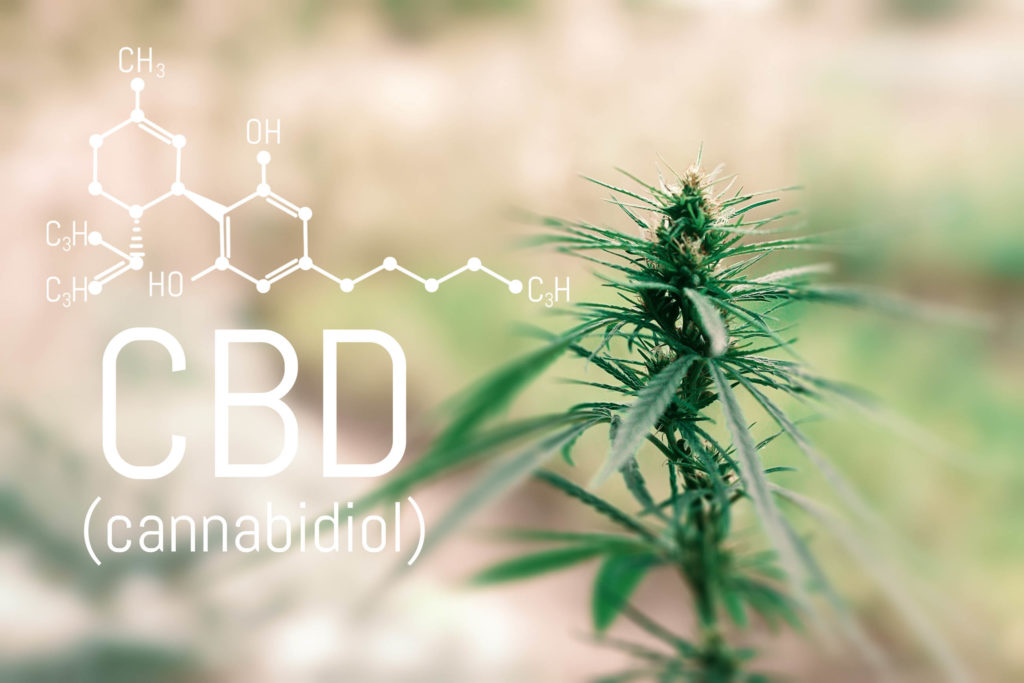
Cannabinoids affect how we perceive pain, our reactions to stress and our appetite. These effects can be positive or negative. They depend on a variety of factors, such as dose, tolerance and personal predisposition.
It has been shown, for example, that several cannabinoids can cause a certain effect at a low dose, but can trigger the opposite effect at a higher dose. When combined with other cannabinoids, there are potentially even greater psychological changes – as this 2013 study into cannabinoids and anxiety demonstrates.
A substance such as THC can trigger completely different effects in people with a different tolerance. Furthermore, the same dose of cannabinoids in individuals with certain genetic characteristics may trigger a completely different reaction than in people of a different predisposition. It may even be that people who are in excellent physical shape (which sportsmen undoubtedly are) react differently from the “average” or someone who is ill.
Cannabis as a performance-enhancing substance (doping)
Let’s assume that for one person the effects of cannabis are positive and it makes them feel better, feel less pain and swelling subsides more quickly: in this case, you could indeed view cannabis as a performance-enhancing drug in the sense of doping.
On the other hand, it’s a fact that consumption raises the pulse rate, which can lead more quickly to a state of exhaustion. Plus, the slower reaction times and problems with coordination that are associated with cannabis, are not helpful in exercise or sport.
Whether cannabis should be classified as doping or not cannot be answered by a simple Yes or No. The fact is that there are too few studies available at present. This is a direct result of its prohibition, which has also led the World Anti-Doping Agency (WADA) to classify cannabis as doping. While THC remains banned, the WADA removed CBD from the list of forbidden substances in 2018.
Professional athletes who occasionally consume products containing THC have no cause for concern as long as they stop consumption one to two days ahead of a big competition. The THC limit, revised in 2013, was set quite high at 150 ng/ml THC-COOH.
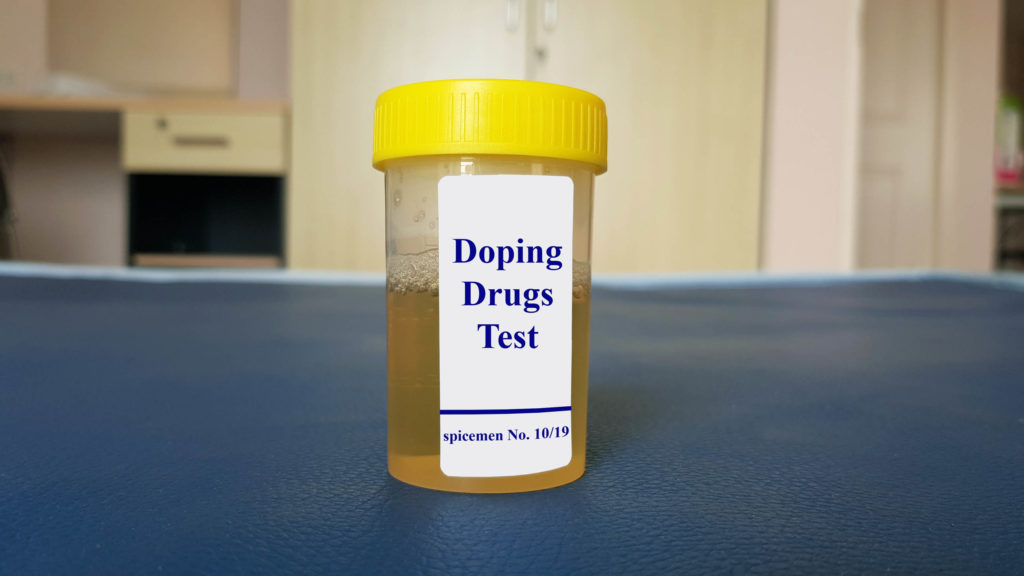
American professional leagues – things are changing
There was great surprise when David Stern spoke out in favour of the use of marijuana for medicinal purposes. For 30 years he has run the best basketball league in the world, the NBA, with an iron fist. It was he who, at the start of his career, argued strongly for stricter drug testing, and it was he who banned players from sitting on the bench in casual clothes, baseball caps and jewellery. So if this same David Stern claims that cannabis should be taken off the doping list, then we really are talking about a paradigm shift.
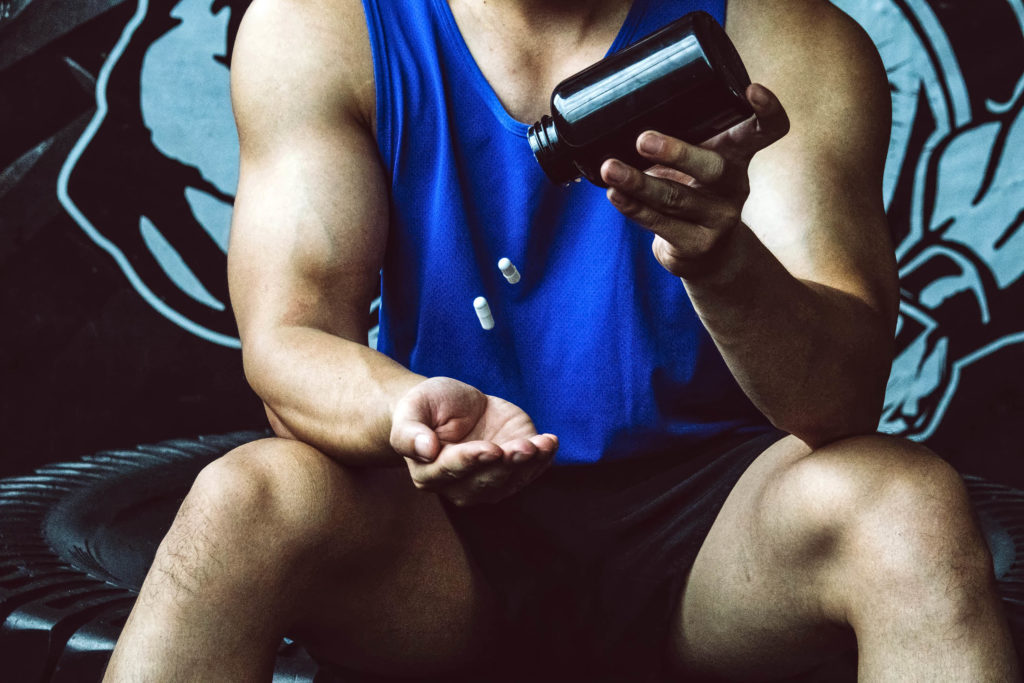
There has been muttering for some time about many players in the US professional leagues consuming cannabis. One of them is Kyle Turley. His nearly ten years in the NFL (National Football League) have left their mark on him: concussions, knee problems, depression, chronic headaches. Problems that he countered with a cocktail of painkillers (including opioids), muscle relaxants and psychotropic drugs. His wife once found him trying to jump out of a third-storey window.
Two years ago, Turley decided to risk an experiment: he stopped all his medication and started to consume only cannabis. As he then finally started to feel better, Turley has become a vocal advocate of cannabis.
More and more retired professional sportsmen are experiencing the same as Turley. They rely on nature rather than chemistry. About 30 of them have come together under the name “Athletes for Care”. Their goal is to promote athletes’ health and to properly prepare them for life after the end of their career as a player. An important part of the programme is the use of medicinal marijuana.
It should be noted that very few active sportsmen and women have spoken out in favour of cannabis. The fear of hurting their image and scaring away sponsors is still too great.
For running, Agent Orange. For living, Durban Poison.
Tyler Hurst does not worry about advertising income. At 38-years-old, he slips into his Vibram running shoes two to four times per week, and sets off. For him, running is a form of meditation. If he can’t run, Hurst does yoga, trains in his home gym or on a bike. Ideally, he does 90 minutes of exercise – every day.
Hurst watches what he eats. He feels good. But that was not always the case. Following a back injury two years ago, he was in pain whenever he trained. At that time, Hurst started to experiment with cannabis. “Cannabis does not make me faster or a better athlete, but it keeps my pain under control and I heal more quickly.”
Hurst combines a variety of forms of consumption such as dabbing, edibles and vaping. In his Burning Bush podcast, he reports on his experiences over the years.
Hurst tells me that he prefers cannabis varieties with a high level of sativa: “For running and yoga, Agent Orange. For living, Durban Poison.“ During a run, as the effect of the cannabis gradually wears off, the “natural” high kicks in.
“The runner’s high and the cannabis high come from the same place,” continues Hurst. Many runners know the euphoria he is talking about. Long-distance running can put people into a similar state to intoxication. According to Gregory Gerdeman this runner’s high is actually closely involved with the endocannabinoid system. Just 30 minutes of exercise are enough for the body to increase production of endorphins and raise the concentration of the endocannabinoid “anandamide” in the bloodstream.
Anandamide, whose name comes from the Sanskrit word “Ananda” (pleasure, bliss, happiness), is a close chemical relative of THC. To put it another way, you could say that anandamide is the human form of THC. Researchers assume that the feeling of euphoria while running has evolutionary roots. What used to be useful for hunting is what nowadays drives people to run marathons.
- Disclaimer:This article is not a substitute for professional medical advice, diagnosis, or treatment. Always consult with your doctor or other licensed medical professional. Do not delay seeking medical advice or disregard medical advice due to something you have read on this website.











Cannabis gives me good apetite,wich leads me to eating regular meals,wich leads me to a greater well-being,with lots of energy.Also it puts me early to bed,wich again leads to a good day for me.
Im in the e-sports scene playing fps and stuff. I have to add, smoking ganja before playing is amazing, depending on the strain of course. It gives me extreme focus, faster reactions and it feels like 100% of my brain capacity is just used for playing which allows me to make some awesome killstreaks. When I play without thc in my blood it is quite hard to get into the “100%” state and especially holding it for a longer period of time, but with thc I can focus like 2 hours and longer.
In the rule system of big e-sports leagues like esl, cannabis use was hardly discussed, but finally got banned. In my opinion it is performance enhancing.